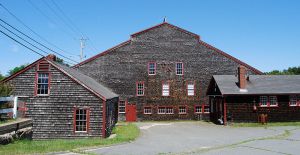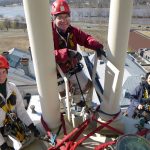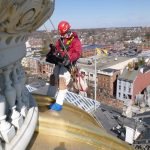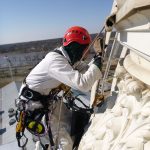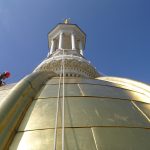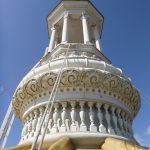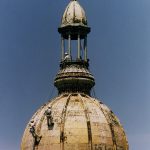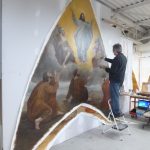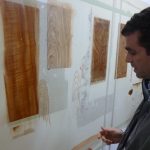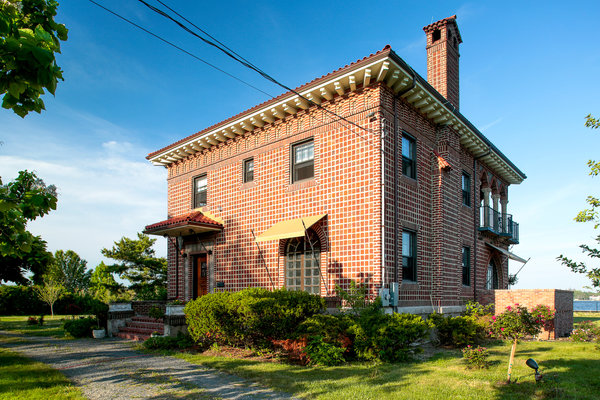
An article in theNew York Times (7/24, by Penelope Green), tells the story of how NYC mayoral candidate George McDonald purchased and now lives in the unique Tile House in Bay Shore, NY. Here’s a brief excerpt …
“The Tile House, its local nickname, is an eccentric, Moorish-looking brick folly on the south shore of Long Island, built by Rafael Guastavino Jr., the son of the architect Rafael Guastavino Sr., who developed the tile-vaulting system used in the Oyster Bar, the Whispering Gallery and in hundreds of other spaces, including Carnegie Hall and the Cathedral of St. John the Divine.
Begun in 1912, when the younger Guastavino was working on Grand Central, the house is a riot of tile work: his own instantly recognizable herringbone arches, supplemented with European tiles he brought back from a honeymoon tour. When he died in 1950, he left the place to his daughter, Louise, who sold it eight years later (she died in 2004). By 2005, it was for sale, and on the Preservation League of New York State’s “Seven to Save” list. A couple from Florida who are in the business of buying and restoring old houses bought it then, saving it from a developer who wanted to tear it down. Their renovations included removing the decades-old trees that were growing in a garage.”

Learn how to build a Guastavino vault at the APT NYC 2013 Conference – Preserving the Metropolis
Learn about the Guastavino Method in a Two-Day Workshop / October 11, 12, 2013
APT NYC 2013 Conference – Preserving the Metropolis
“American architects of the late 19th and early 20th centuries would often leave empty spaces in their blueprints and simply write, ‘Guastavino here.’ They had faith that Rafael Guastavino would create elegant, highly functional spaces to grace their buildings. Guastavino — part architect, part engineer — was particularly famous for his beautifully crafted, structurally powerful, tiled arched vaults.” (An excerpt – read the full article from the Boston Globe.)
Participants will have the opportunity to construct a variety of simple “Guastavino” vaults. The morning of the first day will involve a demonstration of the construction, after which, teams of approximately six participants will have the opportunity to undertake “hands-on” construction of these vaults. Vaults will be constructed of single, double and triple wythes of tile, and may be load tested at a later date.
Sponsored in part by a grant from NCPTT Workshop.
Conference and Workshop Registration and More Info




 Sponsored in part by a grant from NCPTT Workshop.
Sponsored in part by a grant from NCPTT Workshop.